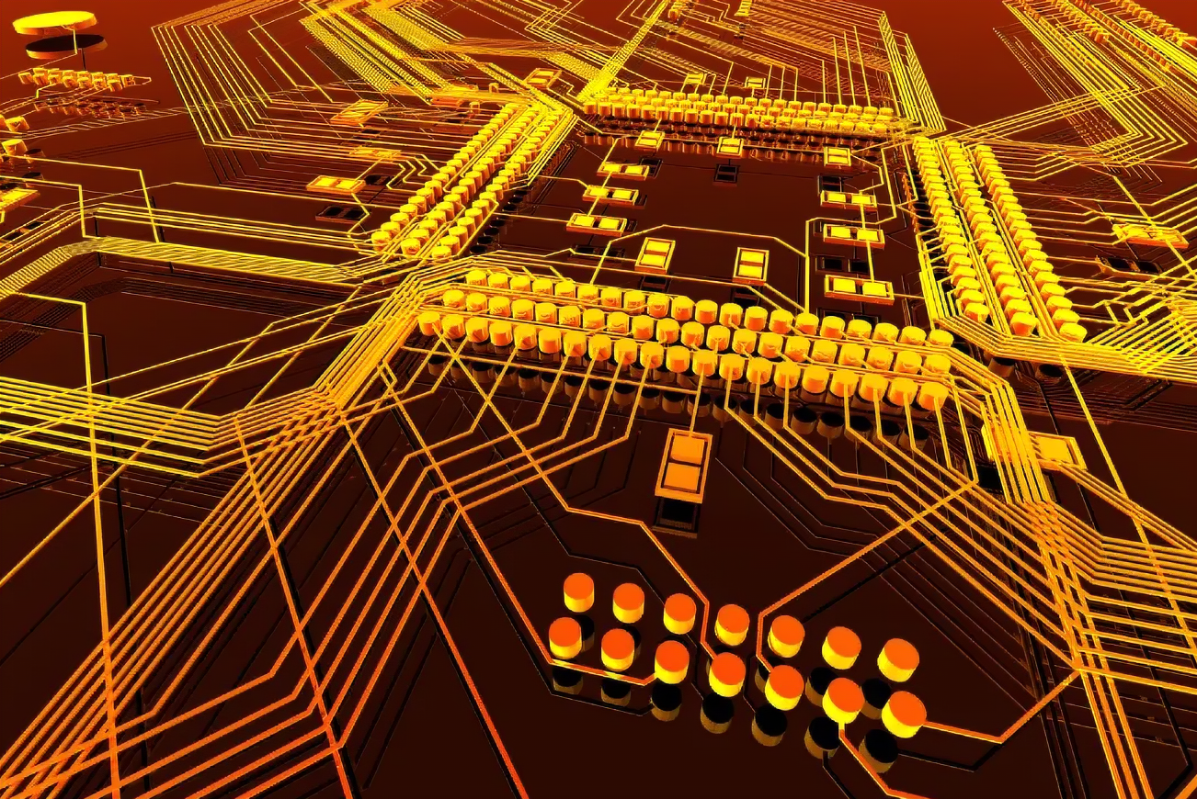

Today, we will delve into the details of differential routing in HDI PCBs. There are a total of nine steps, which we will discuss in three parts.
1. Selecting the appropriate PCB material is the first step in HDI PCB manufacturing, typically using high Tg FR4 material to ensure the circuit board remains stable at high temperatures. The design of the stack-up structure needs to be determined based on the functional and performance requirements of the circuit to ensure efficient signal transmission and mechanical strength of the circuit board. The creation of the stack-up structure also includes determining the thickness and material type of each layer to meet the electrical and physical characteristics of the circuit design.
2. Inner layer circuit printing is the process of transferring circuit patterns onto copper foil, which is typically done through photolithography. Etching is the process of removing copper foil that is not protected by photoresist, leaving the required circuit pattern. Inner layer stripping is ensuring the circuit image is clear, removing residual photoresist and other impurities, and preparing for subsequent lamination and drilling.
Differential routing requires equal length, equal width, and close proximity to reduce signal delay differences and improve signal integrity. Differential lines must be routed on the same layer to avoid signal transmission differences between different layers. The spacing between differential line pairs should be determined by differential impedance to ensure signal matching and reduce reflections.